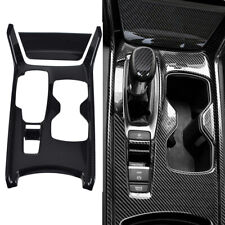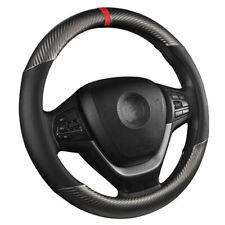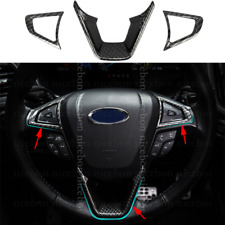Ford SYNC voice system has trouble understanding females *UPDATED

UPDATE: We were contacted by FoMoCo today (July 22, 2010) clarifying the report made on Ford’s SYNC voice system having trouble understanding females. This post, which is based on a report by Sharon Carty of USAToday, fails to mention that she was just talking about her personal experience testing the system. We were actually at Ford of Manhattan last week with a one-on-one with Jennifer Brace, one of the designers of FoMoCo’s new MyFord Touch system, and we were completely blown away by the new technology and the preciseness of SYNC’s voice recognition capabilities. We are also currently testing a 2011 Ford Fiesta SE (look out for the review very soon) with the SYNC technology and it has yet to let us down.
FoMoCo Communications Manager Alan Hall pointed out in an email to us earlier today that voice recognition is not a flawless technology.
Hall listed the following reasons why Carty’s experience with SYNC may have turned out the way it did.
- Not speaking loud or clear enough.
- Using incorrect commands.
- Other noise in the cabin from passengers (3 others were in the car with Sharon during the demo).
- Or the system may not have picked up her voice (there are some tones/accents that have lower success rates, but we’ve not been able to determine if Sharon falls in that category yet).
——
FoMoCo”s Microsoft Sync system has definitely made life much easier for Ford owners; the ability to control GPS, iPod systems, and other functions through voice command is certainly a value-added benefit of owning a Ford. The problem with My Ford Touch however, is that the while the all-new version has a vocabulary 10 times the size of that which the previous version had, it has trouble understanding female voices.
Press demonstrations of the system have gone awry, as numerous female press members have had trouble with their voices being recognized by the system. Ford is working on improving this flaw in the screen-based dashboard system, as it hopes to have 80% of its fleet outfitted with the system by 2012.
When the program understands the users voice, it is a definite advantage to safety; tasks that normally require drivers diverting attention from the roadway for extended periods of time, can be achieved without such diversion using the device.
– By: Stephen Calogera
Source: DriveOn











